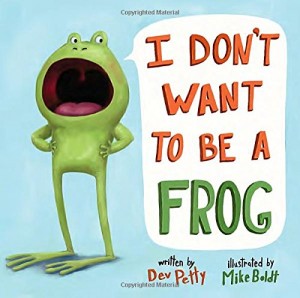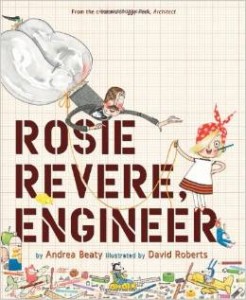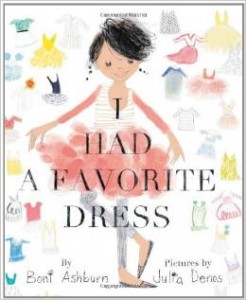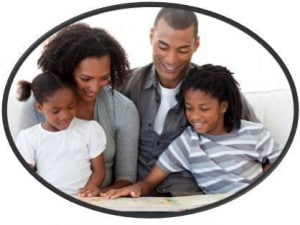 Fairy tales are a perennial favorite with children. They appear in all cultures. Infused with regional/national flavor and history, they hold common elements. They offer an easy and effective way of broadening your child’s involvement in the greater world. (This is important as technology shrinks our modern world and increasingly reinforces our connection as citizens of the world.)
Fairy tales are a perennial favorite with children. They appear in all cultures. Infused with regional/national flavor and history, they hold common elements. They offer an easy and effective way of broadening your child’s involvement in the greater world. (This is important as technology shrinks our modern world and increasingly reinforces our connection as citizens of the world.)
The Cinderella tale, for example has been shared through the generations around the world. While young readers will recognize the fundamental similarities, they will also be fascinated–perhaps even surprised–to see the myriad ways in which the tale can be tweaked. In addition to cultural nuances, some Cinderella tales spin a yarn with a male hero. This provides a fun and unexpected twist and demonstrates another way in which difference can be embraced instead of feared.
Reading several versions of a tale like Cinderella, can also jump start a child’s imagination and help him to understand there isn’t necessarily only one “right” way for things to be. Why not explore the world through Cinderella’s tale? You’ll find many chances to talk about your child’s beliefs about magical solutions, persistence, kindness, bullying etc. These are important topics that you will want to be intentional about nurturing and shaping.
Some versions of Cinderella infuse the tale with 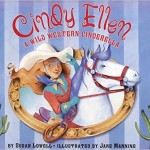
regional flavor like, The Salmon Princess: An Alaskan Cinderella, or Cindy-Ellen: A Wild West Cinderella, or Smokey Mountain Rose: An Appalachian Cinderella
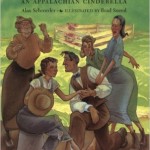 Others recast the story the tale in a contemporary light, like Cinder-Elly which is a rap-type retelling with an urban setting. Check out the book cover array for additional suggestions. Invite your child to create his/her own version of the tale. Will the hero be male or female? Contemporary or from times past? Set locally or in a more exotic land? Have fun!
Others recast the story the tale in a contemporary light, like Cinder-Elly which is a rap-type retelling with an urban setting. Check out the book cover array for additional suggestions. Invite your child to create his/her own version of the tale. Will the hero be male or female? Contemporary or from times past? Set locally or in a more exotic land? Have fun!
Perhaps your child will rewrite the story so that Cinderella creates her own solution instead of being rescued. Start the project and see where it leads you.

AQ Lens. As I’ve consistently written, adoptive families live with the duality of being seen as both the same and different from biologically formed families. Reading versions on a Cinderella theme can easily segue into conversations about how one’s adoptive family is also a variation of a family–not better or less than–yet none-the-less different. Children may share some of their complex feelings about this “different-ness.” Such big feelings are a lot for a child to shoulder alone. A book that helps kids bring their thoughts into the open and get the support they need is well worth reading.
As you read stories that differ culturally, read with a sharp eye for any bias in the texts and/or illustrations. This too,is an important lesson: look at things with a judicious eye and do not accept something simply because it is in print, on-line, etc. Start early to teach your children to be savvy, critical thinkers.


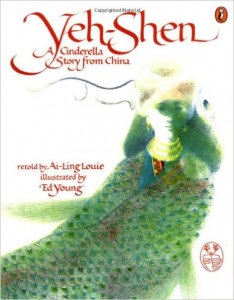
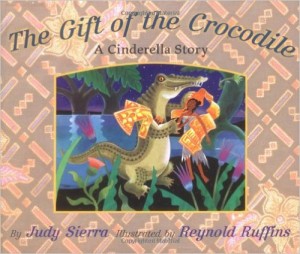
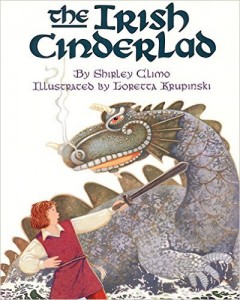
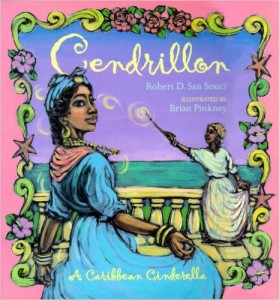
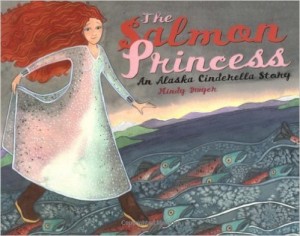
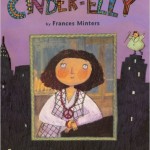

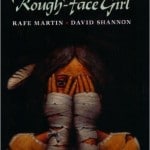
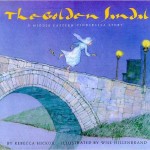
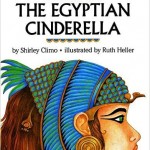
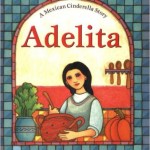

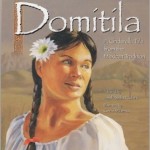

 In the vein of
In the vein of 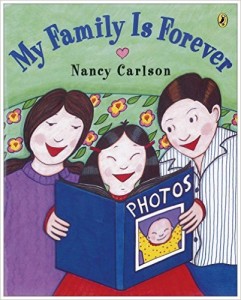
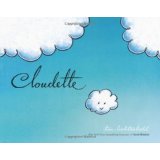
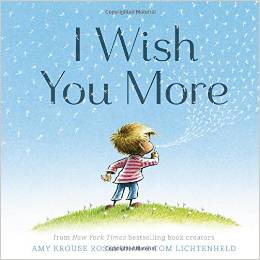
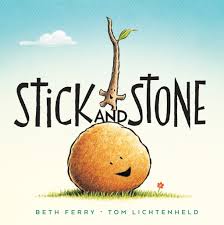

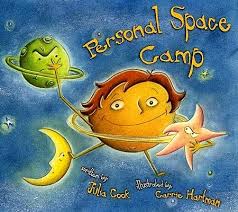 One excellent resource is a marvelous book by Julia Cook titled,
One excellent resource is a marvelous book by Julia Cook titled, 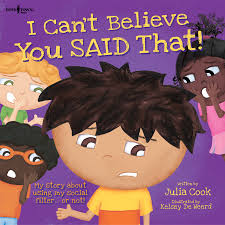 Julia Cook has written several other books that delve into the confusing world of social cues and interaction. One that is also quite helpful is,
Julia Cook has written several other books that delve into the confusing world of social cues and interaction. One that is also quite helpful is, 